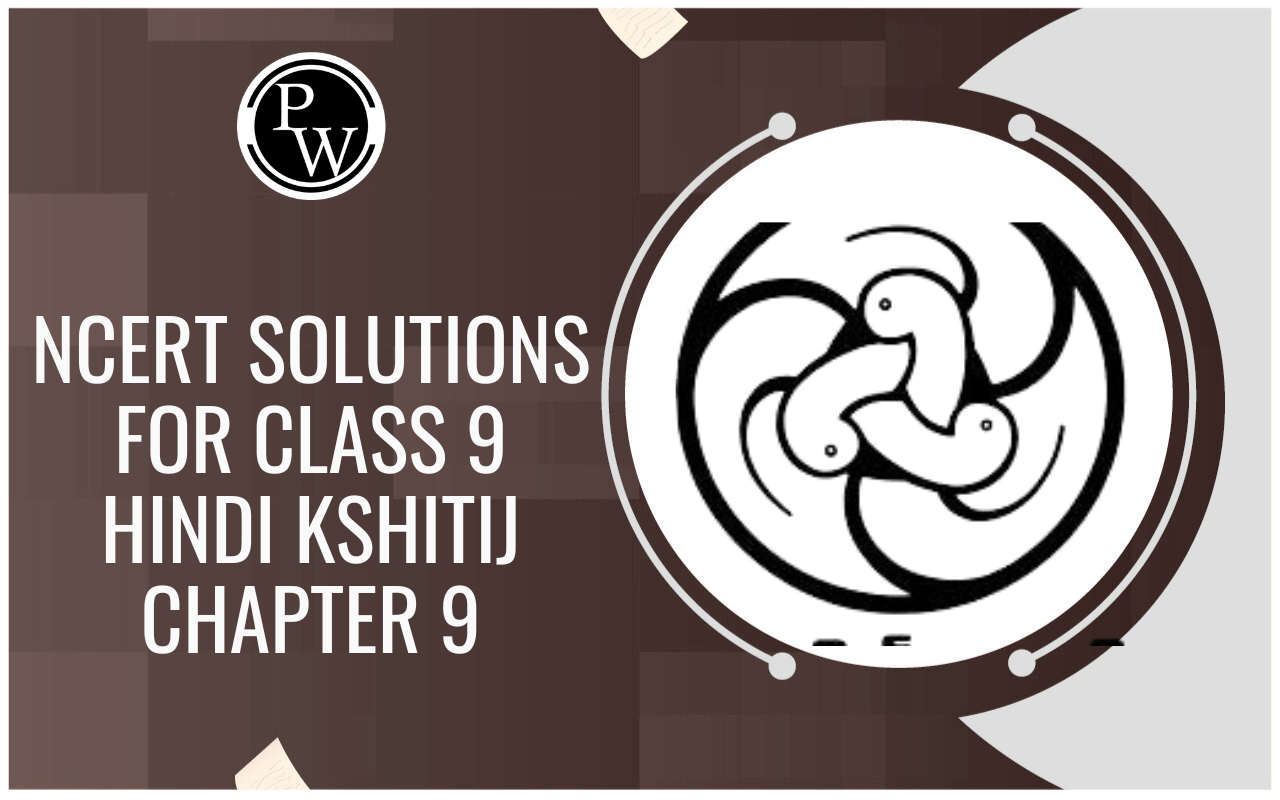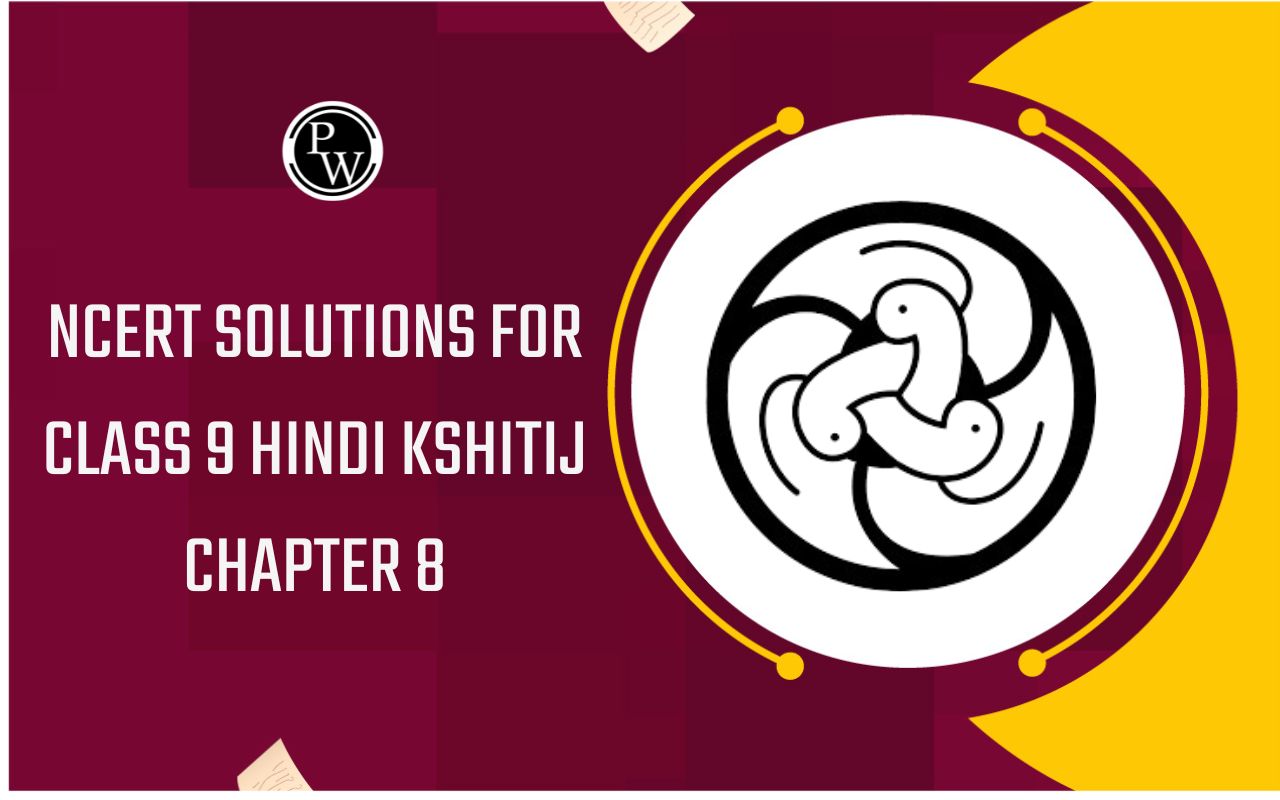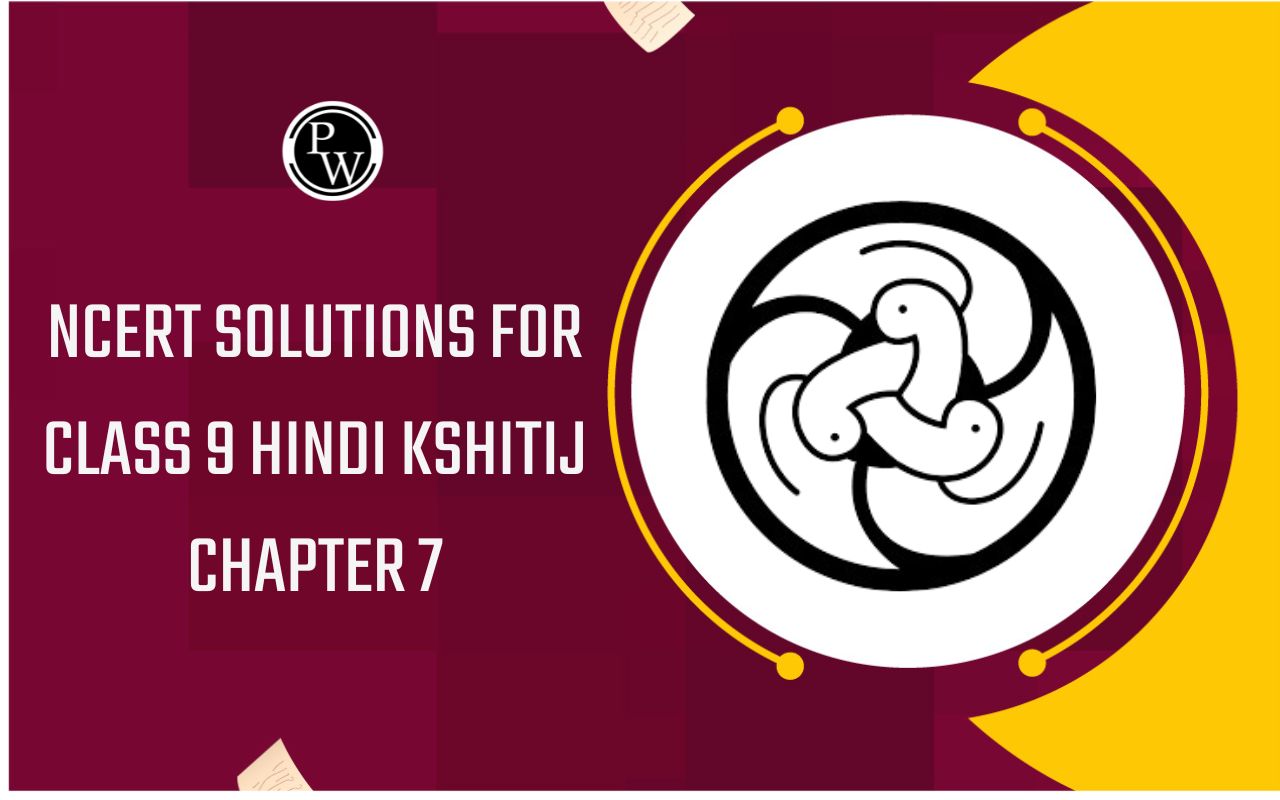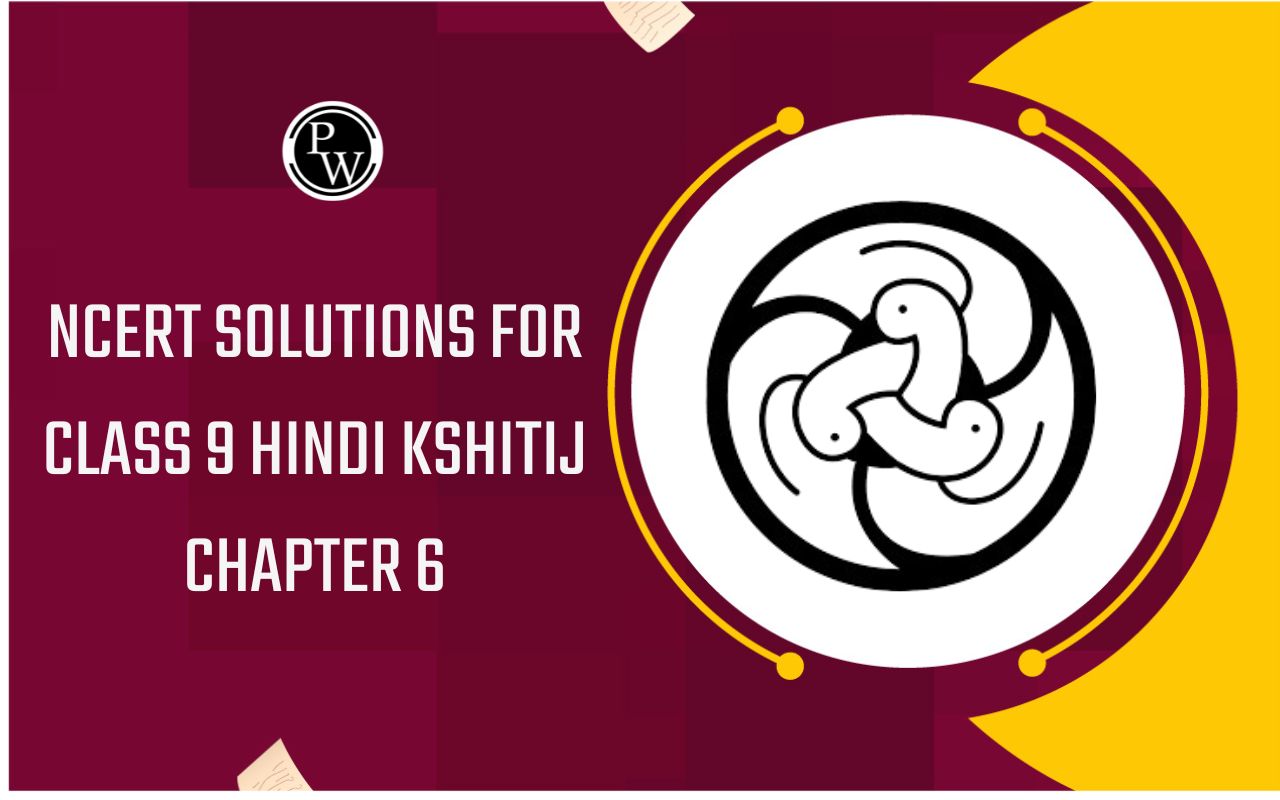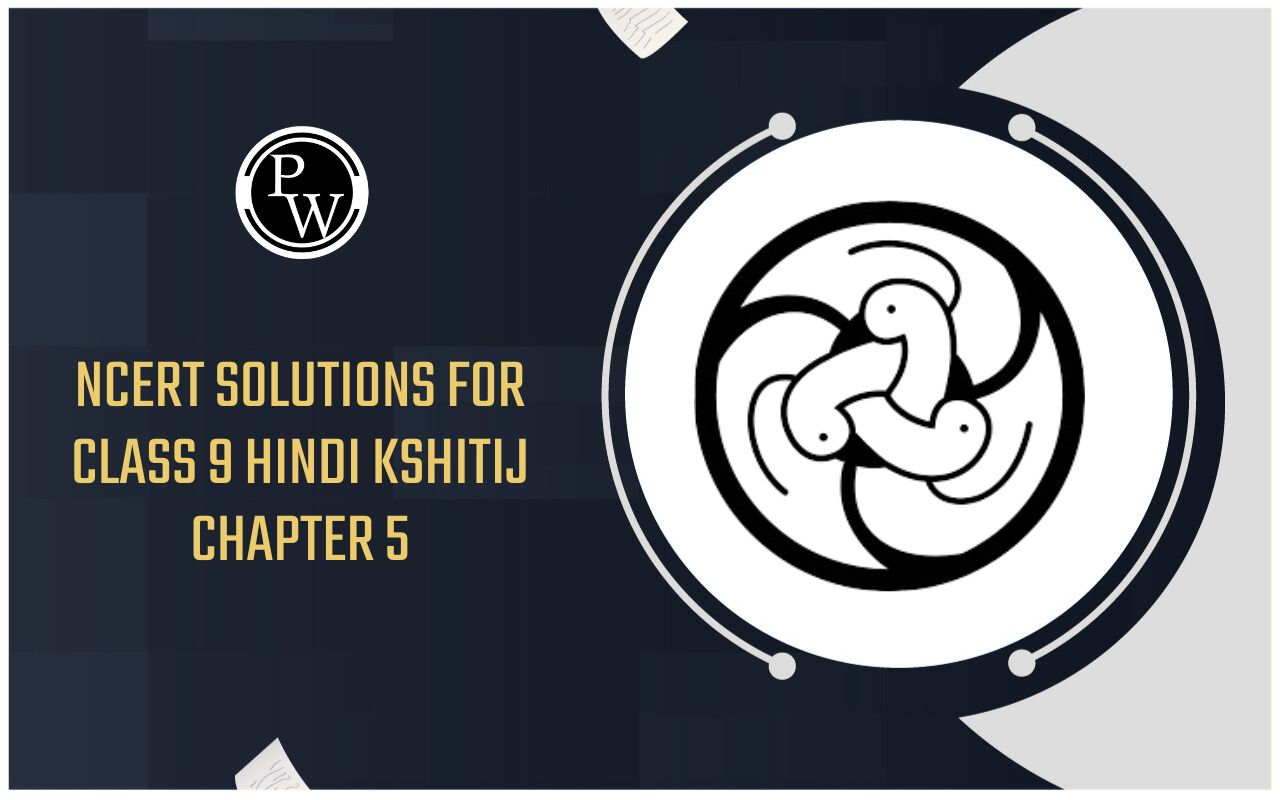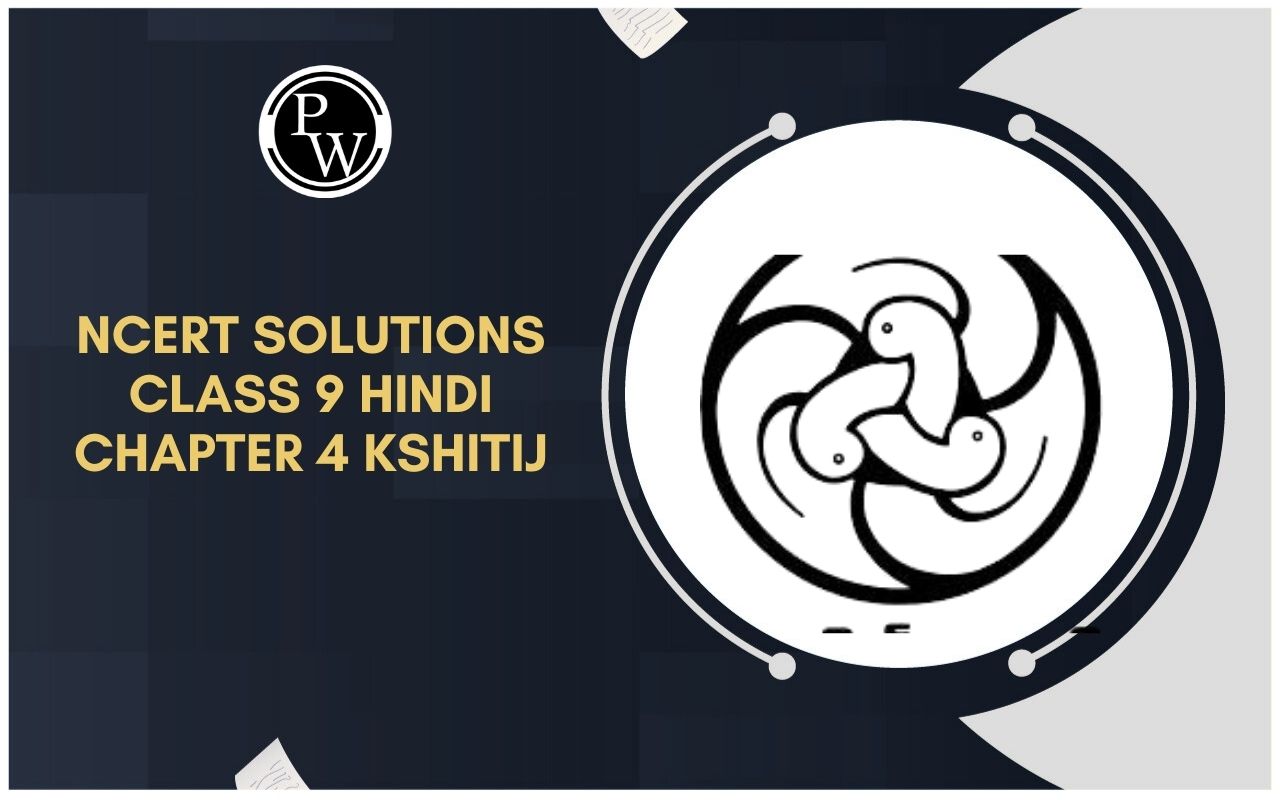
NCERT Solutions for class-10 Science Chapter 2 offer detailed explanations for each question in the textbook, ensuring clarity in fundamental concepts. They present answers in a step-by-step format, which helps students tackle theoretical as well as numerical problems efficiently.
The NCERT Solutions for Class 10 Science Chapter 2 are designed to help students master the material, align with the CBSE exam pattern, and provide a strong foundation for future studies in chemistry. They are an essential resource for exam preparation and concept reinforcement.
NCERT Solutions for Class 10 Science Chapter 2 Exercise Questions
With these class 10 science chapter 2 question answer, students can revise quickly and prepare chapter 2 science class 10 effectively for their board exams
1. You have been provided with three test tubes. One of them contains distilled water and the other two contain an acidic solution and a basic solution, respectively. If you are given only red litmus paper, how will you identify the contents of each test tube?
Solution : A few drops of red litmus solution is added to each test tube. Red colour will become light in the test tube containing water. Colour will turn blue in test tube containing basic solution. Red colour will become dark in the test tube containing acidic solution.
2. Why should curd and sour substances not be kept in brass and copper vessels?
Solution : Brass and copper vessels contain copper and zinc metal that reacts with acids present in curd and sour substance forming soluble salts. These salts are poisonous in nature and make curd unfit for consumption.
3. Which gas is usually liberated when an acid reacts with a metal? Illustrate with an example. How will you test for the presence of this gas?
Solution : When an acid reacts with any metal, salt and hydrogen gas are formed.
Metal + Acid → Salt + Hydrogen gas
When a burning candle or matchstick is bought near hydrogen gas it burns with pop sound.
4. Metal compound A reacts with dilute hydrochloric acid to produce effervescence. The gas evolved extinguishes a burning
candle. Write a balanced chemical equation for the reaction if one of the compounds formed is calcium chloride?
Solution : As one of the compounds formed is calcium chloride, metal compound ‘A’ is salt of calcium.
Burning candle is extinguished by carbon dioxide so carbon dioxide gas is produced by reaction of ‘A’ with hydrochloric acid.
Carbon dioxide is produced by action of HCl on carbonate that means ‘A’ is calcium carbonate.
CaCO 3 + HCI ⟶ CaCl 2 + CO 2 + H 2 O
(Calcium Carbonate) (Calcium Chloride)
5. Why do HCl, HNO 3 , etc., show acidic characters in aqueous solutions while solutions of compounds like alcohol and glucose do not show acidic character?
Solution : The dissociation of HCI or HNO 3 to form hydrogen ions always occurs in the presence of water. Hydrogen ions (H + ) combine with H 2 O to form hydronium ions 3O +
The reaction is as follows:
HCl(aq) ⟶ H + +Cl −
H + +H 2 O ⟶ H3O +
6. Why does an aqueous solution of an acid conduct electricity?
Solution : Acids dissociate in aqueous solutions to form ions. These ions are responsible for conduction of electricity.
7. Why does dry HCl gas not change the colour of the dry litmus paper?
Solution : Colour of the litmus paper is changed by the hydrogen ions. Dry HCI gas does not contain H+ ions. It is only in the aqueous solution that an acid dissociates to give ions. Since in this case, neither HCI is in the aqueous form nor the litmus paper is wet, therefore, the colour of the litmus paper does not change.
8. While diluting an acid, why is it recommended that the acid should be added to water and not water to the acid?
Solution : Since the process of dissolving an acid in water is exothermic, it is always recommended that acid should be added to water. If it is done the other way, then it is possible that because of the large amount of heat generated, the mixture splashes out and causes burns.
9. How is the concentration of hydronium ions H 3 O + affected when a solution of an acid is diluted?
Solution : When an acid is diluted, the concentration of hydronium ions H 3 O + per unit volume decreases. This means that the strength of the acid decreases.
10. How is the concentration of hydroxide ions OH − affected when excess base is dissolved in a solution of sodium hydroxide?
Solution : The concentration of hydroxide ions OH − would increase when excess base is dissolved in a solution of sodium hydroxide.
11. You have two solutions, A and B. The pH of solution A is 6 and pH of solution B is 8. Which solution has more hydrogen ion concentration? Which of this is acidic and which one is basic?
Solution : A pH value of less than 7 indicates an acidic solution, while greater than 7 indicates a basic solution. Therefore, the solution with pH = 6 is acidic and has more hydrogen ion concentration than the solution of pH = 8 which is basic.
12. What effect does the concentration of H + (aq) ions have on the nature of the solution?
Solution : concentration of H + (aq) can have a varied effect on the nature of the solution.With an increase in ion concentration, the solution becomes more acidic, while a decrease of H + ion causes an increase in the basicity of the solution.
13. Do basic solutions also have H + (aq) ions? If yes, then why are these basic?
Solution : Yes, basic solution also has H + (aq) ions. However, their concentration is less as compared to the concentration of OH − ions that makes the solution basic.
14. Under what soil condition do you think a farmer would treat the soil of his fields with quick lime (calcium oxide) or slaked lime (calcium hydroxide) or chalk (calcium carbonate)?
Solution : If the soil is acidic and improper for cultivation, then to increase the basicity of soil, the farmer would treat the soil with quicklime or slaked lime or chalk
2NaHCO 3 ⟶ Na2CO 3 + H 2 O + CO 2
15. What is the common name of the compound CaOCl 2 ?
Solution : Bleaching powder.
16. Name the substance which on treatment with chlorine yields bleaching powder.
Solution : Slaked lime or calcium hydroxide.
17. Name the sodium compound which is used for softening hard water.
Solution : Sodium carbonate is used for softening hard water.
18. What will happen if a solution of sodium hydrocarbonate is heated? Give the equation of the reaction involved.
Solution : When a solution of sodium hydrocarbonate (sodium hydrogen carbonate) is heated, sodium carbonate and water are formed with the evolution of carbon dioxide gas.
19. Write an equation to show the reaction between Plaster of Paris and water.
Solution : The chemical equation for the reaction of Plaster of Paris and water is
CaSO 4 .1/2H 2 O + 3/2H 2 O → CaSO 4 .2H 2 O
20. A solution turns red litmus blue, its pH is likely to be
(a) 1
(b) 4
(c) 5
(d) 10
Solution : (d) 10
21. A solution reacts with crushed egg-shells to give a gas that turns lime-water milky. The solution contains
(a) NaCl
(b) HCl
(c) LiCl
(d) KCl
Solution : (b) The solution contains HCI.
23. 10 mL of a solution of NaOH is found to be completely neutralised by 8 mL of a given solution of HCl. If we take 20 mL of the same solution of NaOH, the amount HCl solution (the same solution as before) required to neutralise it will be
(a) 4 mL
(b) 8 mL
(c) 12 mL
(d) 16 mL
Solution : (d) 16 mL
24. Which one of the following types of medicines is used for treating indigestion?
(a) Antibiotic
(b) Analgesic
(c) Antacid
(d) Antiseptic
Solution : (c) Antacid is used for treating indigestion.
25. Write word equations and then balanced equations for the reaction taking place when -
(a) dilute sulphuric acid reacts with zinc granules.
(b) dilute hydrochloric acid reacts with magnesium ribbon.
(c) dilute sulphuric acid reacts with aluminium powder.
(d) dilute hydrochloric acid reacts with iron filings.
Solution :
(a) Zinc + Sulphuric acid Zinc sulphate +Hydrogen
H 2 SO4(aq) + Zn(s) ⟶ ZnSO 4 (aq) + H 2 (g)
(b) Magnesium + Sulphuric acid magnesium chloride +Hydrogen gas
Mg(s) + 2HCl(aq) → MgCl 2 (aq) + H 2 (g)
(c) Aluminum + Sulphuric acid Aluminum sulphate +Hydrogen gas
3H 2 SO 4 + 2Al → Al 2 (SO 4 ) 3 + 3H2
(d) Iron + Hydrochloric acid Iron chloride +Hydrogen
6HCl(aq) + 3Fe(s) → 3FeCl 2 (aq) + 3H 2 (g)
26. Compounds such as alcohols and glucose also contain hydrogen but are not categorised as acids. Describe an Activity to prove it.
Solution : lcohol and glucose both contain hydrogen but not categorized as acids. This can be proved by following activity. 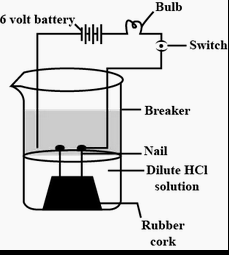
Material required :- Beaker, nails, battery, connecting wires, bulb, switch and alcohols.
Procedure :
1. Set up the experiment as follows
2. Take ethyl alcohol in the beaker in the beaker.
3. When the switch is turned on, the bulb does not glow.
4. Take glucose solution in place of alcohols but bulb does not glow.
27. Why does distilled water not conduct electricity, whereas rain water does?
Solution : Distilled water is a pure form of water and is devoid of any ionic species. Therefore, it does not conduct electricity. Rain water, being an impure form of water, contains many ionic species such as acids and therefore it conducts electricity.
28. Why do acids not show acidic behaviour in the absence of water?
Solution : Acids do not show acidic behaviour in the absence of water because the dissociation of hydrogen ions from an acid occurs in the presence of water only. It is the hydrogen ions that are responsible for the acidic behaviour.
29. Five solutions A,B,C,D and E when tested with universal indicator showed pH as 4,1,11,7 and 9, respectively. Which solution is
(a) neutral?
(b) strongly alkaline?
(c) strongly acidic?
(d) weakly acidic?
(e) weakly alkaline?
Arrange the pH in increasing order of hydrogen-ion concentration
Solution :
(a) D
(b) C
(c) B
(d) A
(e) E
30. Equal lengths of magnesium ribbons are taken in test tubes A and B. Hydrochloric acid (HCl) is added to test tube A, while acetic acid (CH 3 COOH) is added to test tube B. Amount and concentration taken for both the acids are same. In which test tube will the fizzing occur more vigorously and why?
Solution : HCl is stronger acid than CH 3 COOH. Therefore, H+ ions concentration in test tube A will be more than that in test tube B. hence, reaction will take place faster in test tube A than in test tube B. so, fizzing will occur more vigorously in test tube B.
31. Fresh milk has a pH of 6. How do you think the pH will change as it turns into curd? Explain your answer.
Solution : The pH of milk is 6. As it changes to curd, the pH will reduce because curd is acidic in nature. The acids present in it decrease the PH.
32. A milkman adds a very small amount of baking soda to fresh milk.
(a) Why does he shift the pH of the fresh milk from 6 to slightly alkaline?
(b) Why does this milk take a long time to set as curd?
Solution :
(a) The milkman shifts the pH of the fresh milk from 6 to slightly alkaline because in alkaline condition, milk does not set as curd easily.
(b) Since this milk is slightly basic than usual milk, acids produced to set the curd are neutralized by the base. Therefore, it takes a longer time for the curd to set.
33. Plaster of Paris should be stored in a moisture-proof container. Explain why?
Solution : Plaster of Paris reacts with moisture to form gypsum and sets to a hard mass. Therefore, it should be stored in moisture-proof container.
34. What is a neutralisation reaction? Give two examples.
Solution : A reaction in which an acid and base react with each other to give a salt and water is termed as neutralization reaction. In this reaction, energy is evolved in the form of heat.
For example :- NaOH + HCl ⟶ NaCl+H 2 O
(ii) During indigestion (caused due to the production of excess of hydrochloric acid in the stomach), we administer an antacid (generally milk of magnesia, Mg(OH)2 which is basic in nature). The antacid neutralizes the excess of acids and thus gives relief from indigestion.
Mg(OH) 2 + 2HCl → MgCl 2 +2H 2 O
35. Give two important uses of washing soda and baking soda.
Solution :
Uses of washing soda :
(i) As cleansing agent.
(ii) Removing permanent hardness of water.
(iii) Used in glass, soap and paper industries.
Uses of baking soda :
(i) For making baking powder
(ii) As ingredient of antacid.
NCERT Solutions Class 10 Science Chapter 2 PDF
In this section, students can find out Class 10 Science Chapter 2 PDF so that they can prepare well and better understand the Class 10 Science Chapter 2 solutions. Here is PDF given below for Class 10 Science Chapter 2:
NCERT Solutions Class 10 Science Chapter 2 PDF
Study without using the internet
Class 10 Science Chapter 2 Preparation Tips
Students may better grasp definitions, answers, and real-world applications with the help of NCERT Solutions, which provide detailed explanations of textbook problems. Here are some preparation tips for Class 10 Science Chapter 2 given below:
- Go over the NCERT textbook and Chapter 2 answers carefully. Building solid ideas requires an understanding of the definitions, reactions, and uses of acids, bases, and salts.
- Review basic concepts from the CBSE Class 9 Science syllabus, including matter, atoms, and molecules, since they serve as the basis for Class 10 reactions. This facilitates the learning of new concepts like neutralisation and pH.
- Acquire knowledge of chemical equations and practice graphics, including the pH scale and lab tests. To review the basics before moving into the specifics of Class 10, you can also use the CBSE Class 10 Science notes.
- Try every NCERT example problem and back question. Exam confidence, accuracy, and speed may all be increased by practising CBSE Class 10 sample papers
Chapter Wise NCERT Solutions of Class-10 Science
Aditional Resource Notes For Class-10
Notes on Physics for class-10 Science
Notes on chemistry for class-10 Science
NCERT Solutions Class 10 Science Chapter 2 FAQs
Why is NCERT Solutions Class 10 Science Chapter 2 Acids, Bases and Salts important for exams?
How do NCERT Solutions help in understanding Acids, Bases and Salts?
Can these NCERT Solutions help in competitive exams as well?
What are some key topics covered in Chapter 2 Acids, Bases and Salts?



